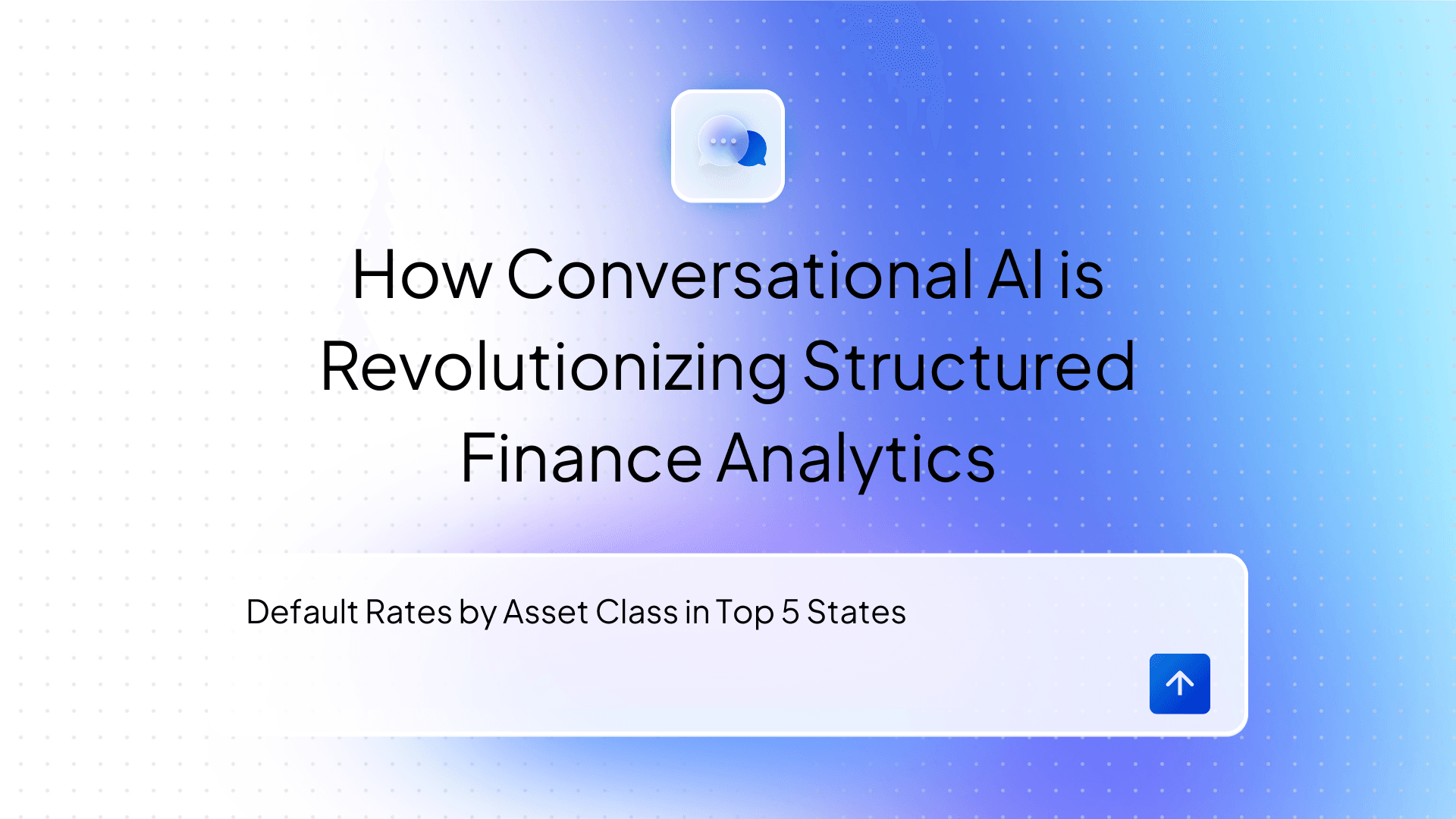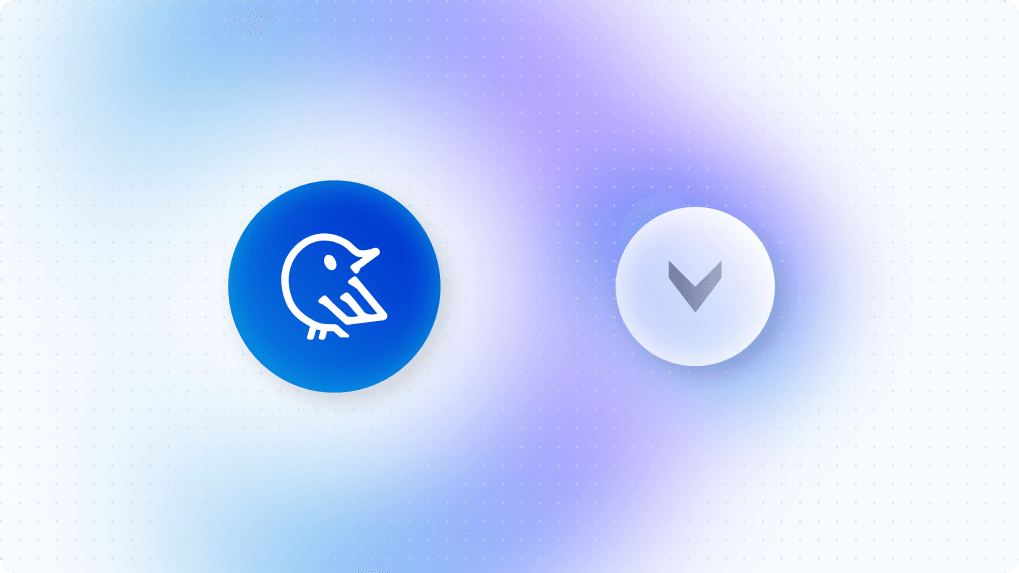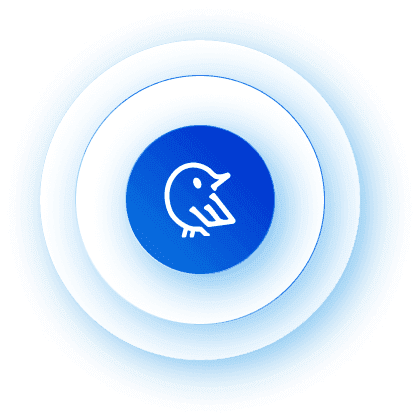Powering AI-driven workflows with Wren Engine and Zapier via the Model Context Protocol (MCP)
Use semantic understanding, SQL generation, and email automation to streamline data requests with LLM agents and Wren’s powerful query engine.

Alex Hsieh
Updated: Oct 11, 2025
Published: Apr 21, 2025

Imagine this: it’s a regular Tuesday morning and your colleague Bob sends yet another email to your inbox:
Hi Alice,
Which top 5 customers have spent the most in total orders, and what is their average order value?
Best regards, Bob
Bob’s questions are reasonable — he’s trying to make informed decisions. But every time you get one of these requests, it sets off a mini workflow: open your SQL editor, dig into the data warehouse, run a few queries, export the results, maybe make a quick chart, and then finally reply to the email. Multiply that by a few requests per week, and suddenly you’re spending a big chunk of your time just responding to metrics questions.
Now imagine if you didn’t have to
The Wren Engine MCP Server changes the game by enabling LLM like Claude to semantically understand and query your business data — using natural language. Thanks to the Model Context Protocol (MCP), you can build a complete, AI-driven workflow that takes an email like Bob’s, interprets it, queries the relevant data, and sends back a rich, formatted response — all automatically.
Better yet, this system seamlessly connects with Zapier’s workflow automation, acting as a bridge between incoming email requests and your data infrastructure. No more copying and pasting SQL. No more delay. Just answers — delivered.
With Wren Engine, your business intelligence process evolves from manual drudgery to fully automated insight delivery, allowing teams to focus on decision-making, not data wrangling.
How Wren Engine Works

At the heart of the Wren Engine is a powerful idea: your business data shouldn’t just live in tables — it should live in context. Wren Engine is designed to give AI agents that context, allowing them to understand the relationships, logic, and meaning behind your data so they can answer business questions accurately and efficiently.
At the heart of the Wren Engine is a powerful idea: your business data shouldn’t just live in tables — it should live in context. Wren Engine is designed to give AI agents that context, allowing them to understand the relationships, logic, and meaning behind your data so they can answer business questions accurately and efficiently.
When someone asks a question — like Bob’s request about customer spending — Wren Engine help LLM interprets the intent using this semantic layer. It transforms natural language into a structured SQL query that’s tailored for your actual data sources. And because Wren supports multiple SQL dialects and integrates with modern query engines, that query gets executed with high performance and accuracy.
Once the results are in, Wren formats them into a clean, digestible response — often with tables, charts, or summaries — making it easy to share insights directly via email or internal tools.
You can find more technical details about the Wren Engine from Jax’s excellent blog post here.
Setting Up Wren Engine and Zapier MCP Servers
To start the Wren Engine MCP server, follow the detailed guide available QuickStart Wren Engine with MCP
To use Zapier’s MCP service, you’ll first need to obtain your unique MCP URL and configure it in your preferred tool like Cursor, Claude Desktop, or any other platform that supports MCP.
1. Get the Zapier MCP URL
Head over to your Zapier MCP Settings page and copy your MCP URL. It will look something like this

Paste this into your configuration file — for example, in mcp.json in Cursor or Cline Remote Servers — so that the platform knows how to communicate with the Zapier MCP server.
we use Cline for the following demo

2. Configure the Actions You Want to Use

Back in the same Zapier MCP settings page, click the Edit MCP Actions button. From there, you can add specific actions (aka tools) you’d like to use — for example, if you want to interact with Gmail, you might choose an action like Gmail: Find Email

Each action is set up individually, so select the one you want, link your Gmail account if needed, and then click “Enable Action.”

3. Start Using It!
Once the action is enabled, go back to your MCP interface and start using it with natural language. For example, you can say:
“Find emails about Metrics Request”
Zapier MCP will then trigger the appropriate tool action.

Just remember — Zapier MCP has rate limits (40 calls/hour), so try to make each request count!
Connect the Dots
Now that everything’s wired up, let’s walk through how the pieces fit together — and why it’s a game-changer for your workflow.
1. A business question arrives via email
Bob sends another one of his classic emails — but this time, you simply ask the agent
Find the latest metrics request email in my Gmail and let me know which metrics are needed

The agent really gets the answer to the metrics question:
“Which customers have spent the most in total orders, and what is their average order value?”
2. The request is sent to Wren Engine via MCP
Again, let’s see what the agent can do for us.
”Use Wren Engine to answer Which customers have spent the most in total orders, and what is their average order value?”
The answer is drafted for review

3. The answer is drafted for review
Instead of sending it immediately, lets drafts an email to review. You get the final say before hitting send — ensuring accuracy and adding any personal touch if needed.
just ask Agent “draft the email for me”.

Conclusion
This article showcases how integrating Wren Engine with Zapier through the Model Context Protocol (MCP) can automate and streamline business intelligence workflows.
By enabling natural language understanding of data requests, Wren Engine allows agents like Claude to interpret questions, query databases, and generate clear, structured responses. Combined with Zapier’s automation, email-based requests can be identified, processed, and drafted for reply — significantly reducing manual effort.
This setup empowers teams to focus on decision-making rather than data wrangling, while ensuring consistency and speed in delivering insights. With just a few configurations, your data operations become smarter, faster, and more collaborative.
Wren Engine MCP Support Has Landed!
Wren Engine MCP integration is already underway — and now’s the perfect time to get involved! Explore Wren Engine’s power by connecting your own MCP client and experiencing semantic data querying firsthand.
🛠️ Start building today:
Our QuickStart with MCP guide walks you through everything from setup to deployment — whether you’re using parquet files or integrating with cloud sources.
📦 Open source & evolving:
Wren Engine MCP is Apache 2.0 licensed and open to contributions. Check out our GitHub repository and see what’s under the hood.
👥 Join the community:
Whether you’re here to build, explore, or contribute — we’d love to have you. Let’s shape the future of AI-powered data access together.
Supercharge Your
Data with AI Today
Join thousands of data teams already using Wren AI to make data-driven decisions faster and more efficiently.
Start Free TrialRelated Posts
Related Posts

Beyond Dashboards How Conversational AI is Revolutionizing Structured Finance Analytics
How Wren AI transforms complex financial data into instant, actionable insights through natural language — no technical expertise required

Wren AI vs. Vanna: The Enterprise Guide to Choosing a Text-to-SQL Solution
A Side-by-Side Comparison of Two Leading Open-Source Text-to-SQL Solutions for Generative BI and SQL Automation

